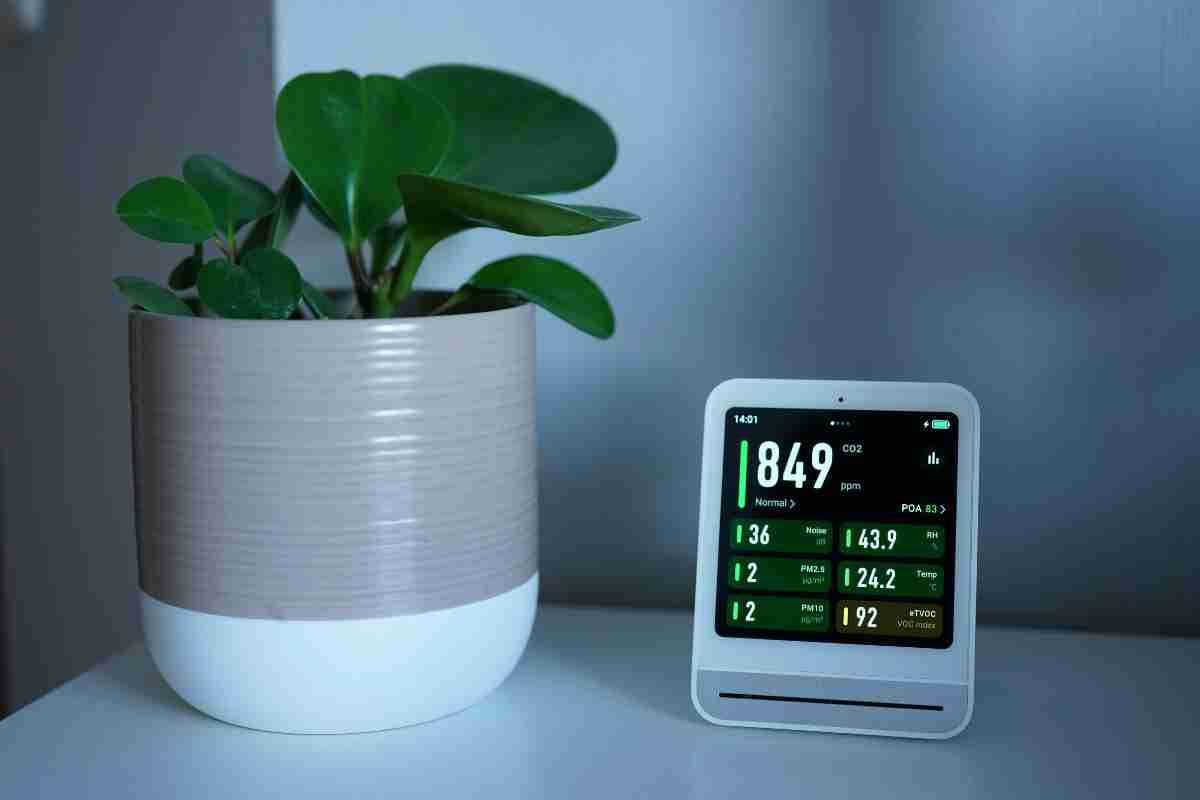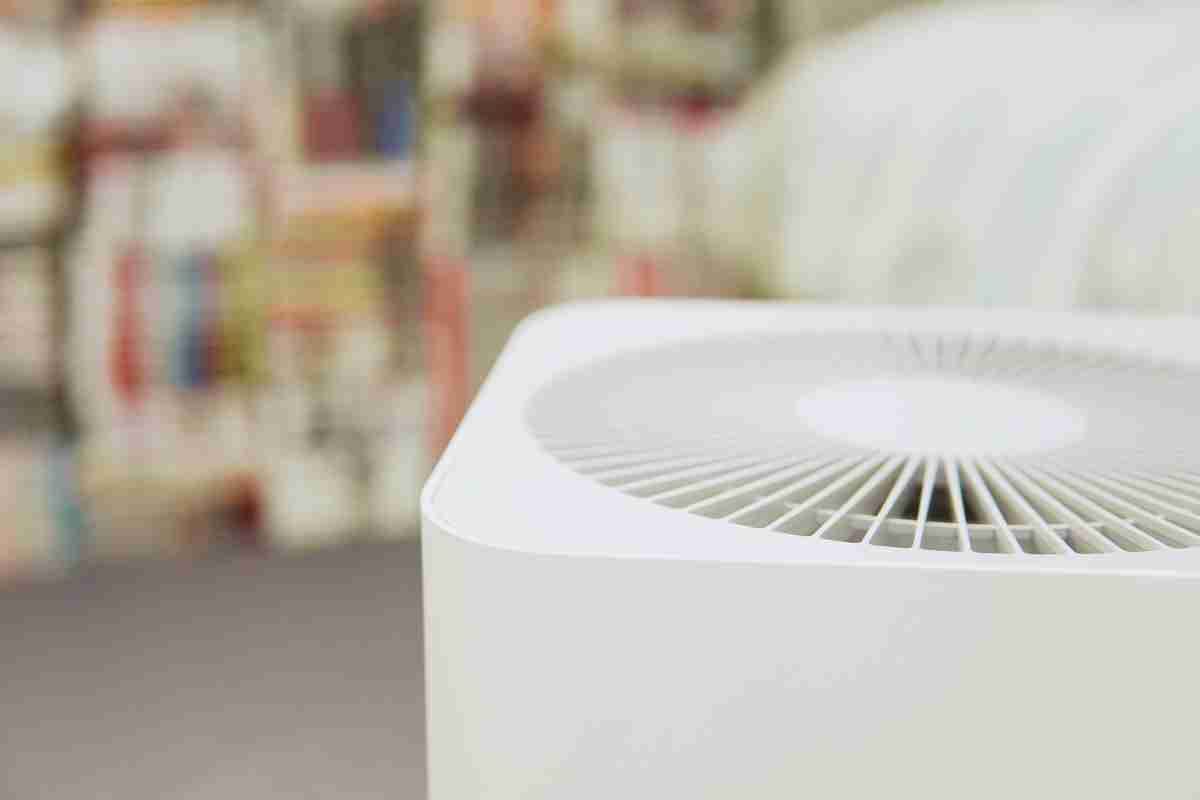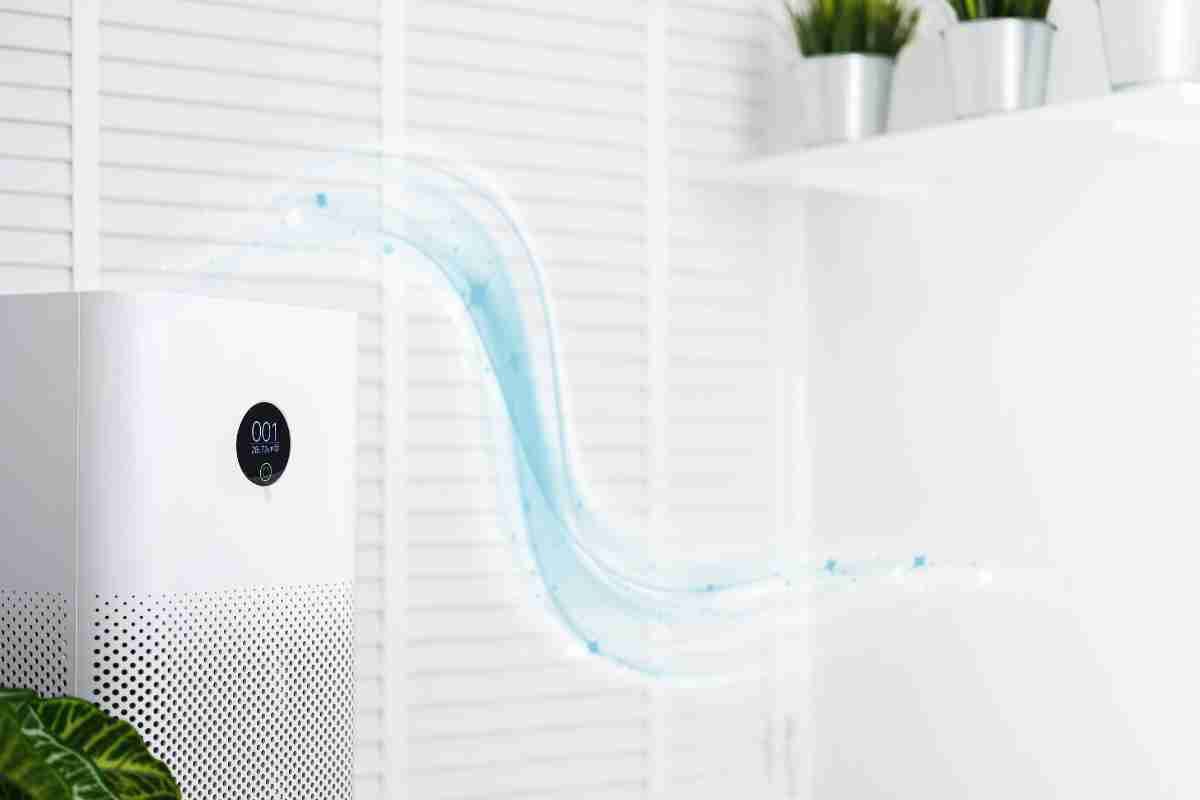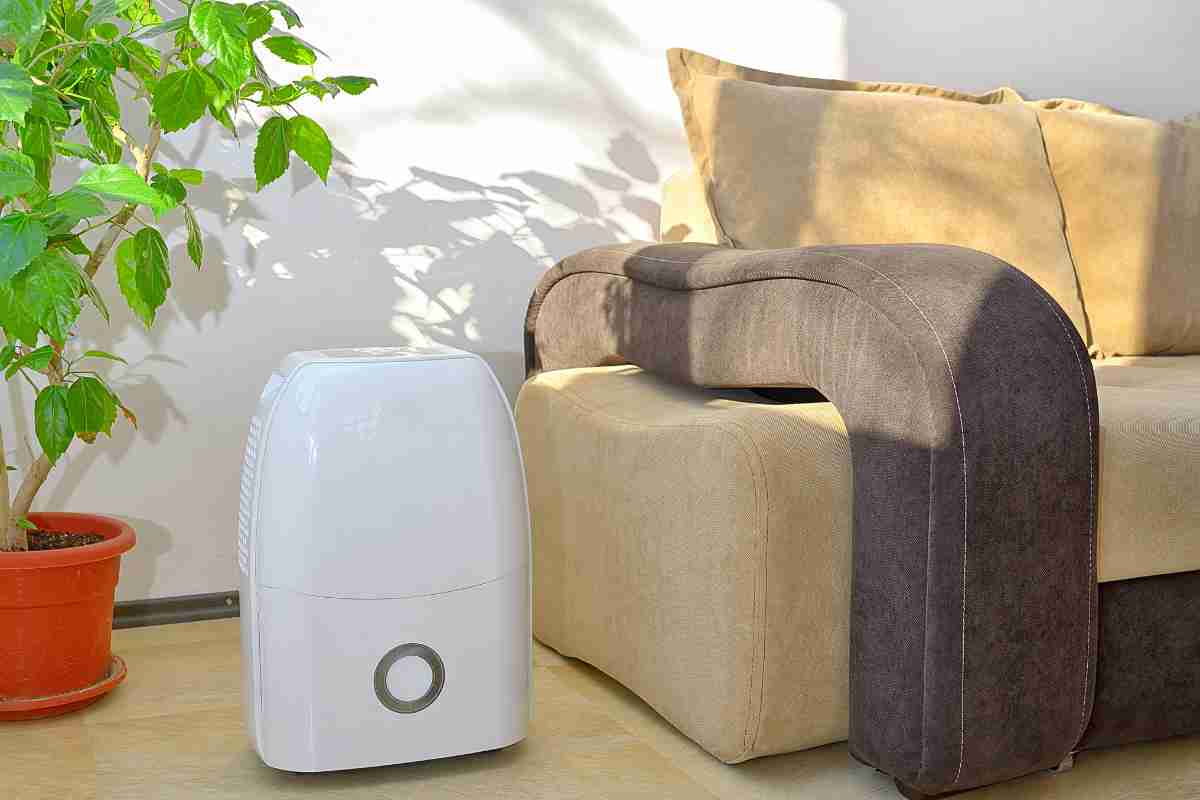Creating a Healthier Home —Comprehensive Strategies for Improving Indoor Air Quality
Indoor air quality impacts our health but is often ignored. Hidden pollutants can harm breathing, especially for kids, seniors, and asthma patients.

Indoor air quality (IAQ) plays a vital role in our health and well-being, yet it remains one of the most overlooked aspects of our home environments. Our living spaces often harbor various pollutants—from microscopic dust particles and allergens to invisible volatile organic compounds (VOCs) and mold spores—that silently affect our respiratory health. This concern becomes even more significant for vulnerable household members, including young children, seniors, and those living with asthma or other respiratory conditions.
Understanding Indoor Air Pollutants
Indoor air pollutants exist in surprising variety throughout our homes. Biological contaminants like dust mites, pet dander, and mold spores frequently trigger allergic responses and respiratory discomfort. Meanwhile, VOCs silently emanate from everyday items like fresh paint, new furniture, and household cleaners, potentially causing both immediate irritation and long-term health effects. Fine particulate matter—generated through cooking, burning candles, or entering from outside—can penetrate deep into lung tissue.

Many routine activities unknowingly contribute to declining air quality. Preparing meals releases cooking particulates, household cleaning introduces chemical compounds, and even that beautiful new sofa might be off-gassing VOCs. When exposure to these pollutants becomes chronic, the health consequences can include worsening allergies, asthma flare-ups, increased susceptibility to respiratory infections, and other concerning health issues.
Essential Strategies for Cleaner Indoor Air
Source Control: The First Line of Defense
Source control tackles pollution at its origin—making it the most effective approach in your air quality toolkit. This means making conscious choices: selecting paints and furnishings labeled as low-VOC, storing household chemicals in sealed containers away from living areas, and removing old carpeting that harbors years of accumulated allergens. By identifying and addressing common pollution sources—whether it's an aging gas stove or water-damaged materials—you'll create immediate improvements in your home's air quality.
Ventilation: Bringing Fresh Air Indoors
Ventilation works by diluting indoor pollutants through the exchange of stale indoor air with fresher outdoor air. Natural ventilation—simply opening windows and strategically placing fans—costs nothing yet delivers remarkable benefits. For more consistent results, mechanical systems like heat recovery ventilators provide controlled air exchange while conserving energy. Remember to boost ventilation during pollution-heavy activities like cooking, cleaning, or painting to minimize exposure to airborne contaminants.
Air Cleaning and Filtration
Air purifiers equipped with high-efficiency filters capture airborne particles too small for the naked eye to detect. Equally important is the regular maintenance of your HVAC system's filters—when clogged, these not only restrict airflow but can actually reintroduce captured pollutants back into your living spaces.

HEPA filters excel at trapping microscopic particles, while activated carbon filters specialize in absorbing gases and neutralizing odors. Used together, these technologies provide comprehensive air cleaning throughout your home.
Humidity Control: Preventing Mold and Allergens
Maintaining optimal humidity levels between 40-60% creates an environment where mold struggles to grow and dust mite populations remain in check.

Dehumidifiers become essential tools in naturally damp areas like basements, while a humidifier helps maintain balanced moisture during dry seasons, supporting overall respiratory comfort. An inexpensive hygrometer allows you to monitor indoor humidity levels, enabling proactive moisture management before problems develop.
Cleaning Routines and Allergen Reduction
Regular cleaning dramatically reduces allergen accumulation in your home. Vacuuming with HEPA-filtered machines prevents recirculation of captured particles, while damp-dusting surfaces traps rather than disperses dust. Washing bedding weekly in hot water eliminates dust mites and their allergenic waste. Consider allergen-proof mattress and pillow covers as effective barriers against dust mites, and when possible, replace wall-to-wall carpeting with hard flooring to eliminate deep-seated allergen reservoirs.
The Role of Indoor Plants

Certain indoor plants serve as natural air filters, absorbing toxins through their leaves and root systems. Peace lilies, spider plants, and snake plants stand out as particularly effective natural purifiers. However, balance matters—overwatered plants can contribute to excess moisture and potential mold growth, so proper plant care remains essential to reap their air quality benefits.
Practical Tips for Everyday Air Quality Improvement
- Create a daily "air flush" by opening windows for 10-15 minutes when weather permits
- Establish a shoes-off policy at entryways to prevent tracking outdoor pollutants throughout your home
- Designate well-ventilated storage areas for chemicals, paints, and cleaning supplies away from main living spaces
Key Takeaway: The most effective approach to healthier indoor air combines multiple strategies—source control, adequate ventilation, appropriate humidity management, and consistent cleaning routines—working together to create a comprehensive solution.
Building a Healthier Home Environment
Improving indoor air quality isn't achieved through a single action but through thoughtful integration of multiple approaches. By implementing source control measures, enhancing ventilation, utilizing appropriate air cleaning technologies, managing humidity levels, and maintaining clean living spaces, you create an environment with significantly reduced pollutant levels. These efforts yield more than just cleaner air—they establish a healthier home foundation that supports the long-term wellness of everyone who lives there.




Comments ()